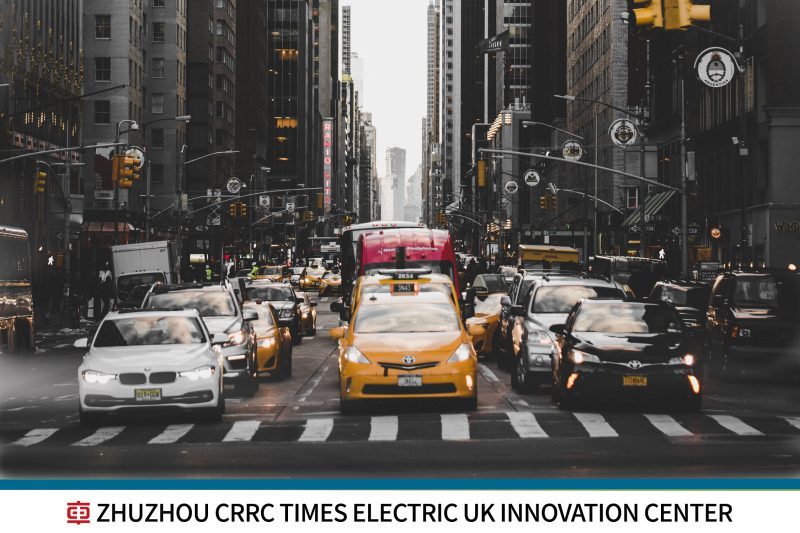Car Dealerships Step Up Resistance To Mandatory EV Sales

Table of Contents
Financial Concerns and Infrastructure Gaps
One of the primary drivers of resistance is the substantial financial burden placed on dealerships by the transition to EV sales. Adapting to this new landscape requires significant upfront investment. Dealerships must invest heavily in charging infrastructure, including the installation and maintenance of high-powered charging stations capable of supporting a range of EV models. This represents a considerable capital expenditure, especially for smaller dealerships with limited resources.
Furthermore, the transition necessitates specialized training for mechanics and sales staff. Understanding the unique technological aspects of EVs, including battery maintenance, software updates, and specialized repair techniques, requires extensive training programs, adding another layer of financial strain. The uncertainty surrounding consumer demand in certain regions also adds to the risk. Investing heavily in infrastructure and training only to face weak sales would be financially devastating.
- High cost of installing EV charging stations: The cost of purchasing, installing, and maintaining fast chargers can run into tens of thousands of dollars per station.
- Need for specialized EV mechanic training: Training existing staff or hiring new mechanics with EV expertise is expensive and time-consuming.
- Uncertainty about consumer demand in certain regions: The market penetration of EVs varies significantly across geographical areas, leading to uncertainty about the return on investment.
- Limited government funding for dealership upgrades: Despite the push for EV adoption, government support for dealership infrastructure upgrades often falls short of the actual costs.
Consumer Demand and Market Readiness
While EV adoption is growing, consumer demand remains uneven across different regions and vehicle segments. Many consumers are still hesitant to make the switch due to concerns about range anxiety, charging infrastructure availability, and higher initial purchase prices compared to internal combustion engine (ICE) vehicles. Educating consumers about the benefits of EVs and addressing these concerns requires significant marketing efforts and investment, adding further pressure on dealerships.
- Limited EV model availability for some segments: The range of available EV models is still limited compared to ICE vehicles, particularly in certain segments like pickup trucks and SUVs.
- Higher initial purchase price of EVs compared to ICE vehicles: The higher upfront cost of EVs remains a significant barrier for many potential buyers.
- Concerns about charging infrastructure availability and charging times: Range anxiety and concerns about convenient charging options are common deterrents to EV adoption.
- Lack of public awareness regarding EV benefits and government incentives: Many consumers are unaware of the available government incentives and the environmental benefits of driving an EV.
The Role of Existing Vehicle Inventory and Supply Chains
The rapid shift to mandatory EV sales presents significant challenges for dealerships' existing inventory of ICE vehicles. Dealerships risk being left with unsold ICE vehicles, tying up capital and potentially leading to significant financial losses. Furthermore, supply chain disruptions are affecting both ICE and EV vehicle production, creating uncertainty and further complicating the transition. Securing sufficient EV inventory from manufacturers is becoming increasingly challenging, adding to the pressure on dealerships to meet the mandatory quotas.
- Difficulty offloading existing ICE vehicle stock: Dealerships face the challenge of selling off existing ICE vehicle inventories before the market shifts completely to EVs.
- Challenges in securing sufficient EV inventory from manufacturers: The limited production capacity of EV manufacturers creates competition for inventory among dealerships.
- Potential for increased financial strain due to inventory imbalances: Holding onto unsold ICE vehicles while struggling to obtain enough EVs leads to increased financial strain.
- Disruption in supply chains affecting both ICE and EV components: Global supply chain issues continue to impact the production and availability of both ICE and EV vehicles.
Lobbying Efforts and Industry Advocacy
Dealership associations and industry groups are actively lobbying governments to reconsider the pace and implementation of mandatory EV sales quotas. Their arguments center on the need for a more gradual transition, allowing dealerships sufficient time to adapt financially and logistically. They advocate for increased government support in the form of financial incentives, infrastructure investment, and assistance with employee training. They also emphasize the potential negative economic consequences for dealerships and the overall automotive industry if the transition is rushed.
- Lobbying for gradual transition targets: Industry groups are pushing for more realistic timelines for EV adoption to mitigate the financial burden on dealerships.
- Advocating for more robust government support: Dealerships are requesting more significant financial incentives and infrastructure investments from governments.
- Requesting consideration for economic impacts on dealerships: Industry groups highlight the potential job losses and economic hardship for dealerships if the transition is too rapid.
Conclusion: Navigating the Future of EV Sales and Dealership Adaptations
The resistance to mandatory EV sales from car dealerships stems from a complex interplay of financial, logistical, and consumer-related factors. The high upfront costs of infrastructure upgrades, the need for specialized training, the challenges of managing inventory imbalances, and the uncertainty surrounding consumer demand all contribute to the difficulties faced by dealerships in adapting to this rapid shift. Understanding the resistance to mandatory EV sales is crucial for developing effective strategies to support the transition to a sustainable automotive future. Collaboration between governments, manufacturers, and dealerships is essential to finding solutions that balance environmental goals with the economic realities facing the automotive retail sector. Stay informed about the future of car dealerships and the EV transition; learn more about how car dealerships are adapting to the increasing pressure of mandatory EV sales and the ongoing debate surrounding these crucial policies.

Featured Posts
-
 Highlander Reboot Cavill Officially Cast By Amazon
May 12, 2025
Highlander Reboot Cavill Officially Cast By Amazon
May 12, 2025 -
 Crazy Rich Asians Series Lim And Chu Return For Max
May 12, 2025
Crazy Rich Asians Series Lim And Chu Return For Max
May 12, 2025 -
 Mtv Cribs The Architecture And Design Of Celebrity Homes
May 12, 2025
Mtv Cribs The Architecture And Design Of Celebrity Homes
May 12, 2025 -
 Indy 500 2025 Predicting The 5 Drivers Most Likely To Miss The Race
May 12, 2025
Indy 500 2025 Predicting The 5 Drivers Most Likely To Miss The Race
May 12, 2025 -
 Unleash Your Inner Baba Yaga The John Wick Las Vegas Adventure
May 12, 2025
Unleash Your Inner Baba Yaga The John Wick Las Vegas Adventure
May 12, 2025
